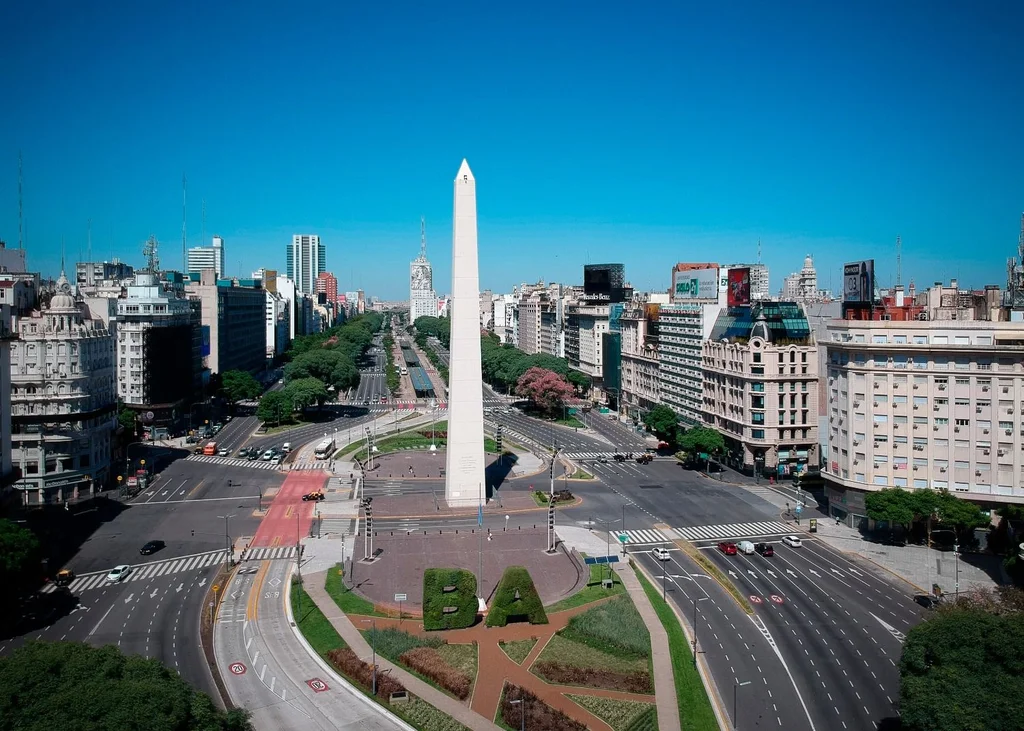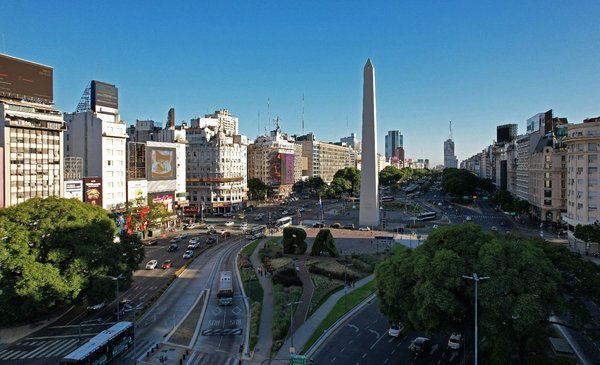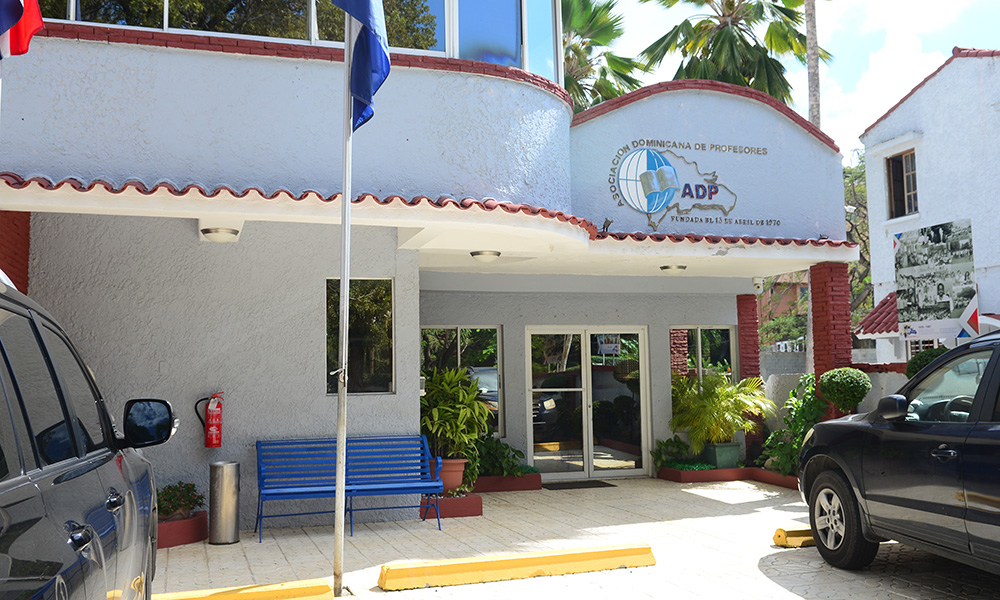In the last two years, the number of Argentines who decided to move to Uruguay grew exponentially. Entrepreneurs, entrepreneurs, professionals who see in the neighboring country better economic, legal and even social conditions to continue with their activity. But, at the time of compare salaries and living costs of Montevideo and Buenos Aires, what is convenient?
Randstadthe Human Resources services firm, carried out this survey that allows to have a comparative reference of what it means to work and live in both capitals.
Historically, Uruguay has been an attractive place for Argentines who are considering the possibility of emigrating for work. Geographical proximity and the similarity of customs play in favor, as well as economic stability, the low unemployment rate and a friendly migration policy for the citizens of Mercosur, especially from Argentina, among other factors.
Faced with this scenario, Randstad’s talent management experts have carried out a comparative analysis based on the average income in both countries. In Argentina, the median gross remuneration in the formal private sector -according to the report “Situation and Evolution of Registered Work of the Ministry of Labor, Employment and Social Security- is located in the $83,324 grosswhile in Uruguay, according to the Randstad estimate, this figure is estimated at 42,360 Uruguayan pesos.
The Randstad survey also inquires about some costs of products and services that serve as a reference to estimate the cost of living in both cities.
Likewise, each country sets the minimum remuneration that is governed by law. The vital and mobile minimum wage in Argentina is $33,000, while on the other side of the pond it is positioned at 19,364 Uruguayan pesos.
Remuneration by occupation in Uruguay and Argentina
The survey provides information on the reference salaries in each country for different occupations and professions. The gross income salary of an industrial worker in Buenos Aires is around $80,000while in Montevideo it is 30,300 Uruguayans.
Likewise, the reference initial gross remuneration of an administrative employee in Argentina is $90,000while in Uruguay it is around 29,650 Uruguayans.
Entering the field of IT profiles, undoubtedly among the most demanded internationally, we see that the reference salaries of a junior programmer in Argentina start in the $90,000 grosswhile on the other side of the Río de la Plata a salary is paid starts at 50,000 Uruguayansalso for a junior position.
Of course, these data offer a general reference panorama, since the market remuneration of the different job positions, both for professionals and executives as well as for operational positions and middle managers, are above these initial thresholds and depend on the qualification , of the maximum level of studies reached and the professional update of the candidate, as well as his career, seniority and expertise.
“Both in the cases in which a professional decides to develop his career outside the country, as well as when he has to analyze a job proposal that implies a relocation, it is very important to go beyond the nominal values of salaries and learn about cost of living indicators in the destination city, since that is what ultimately determines the purchasing power of the remuneration and the quality of life you can aspire to with it,” says Andrea Ávila, CEO of Randstad for Argentina and Uruguay.
Cost of living indicators in Montevideo and Buenos Aires
The Randstad survey also inquires about some costs of products and services that serve as a reference to estimate the cost of living in Montevideo and Buenos Aires, which are shown below as a percentage of the values of the average gross salary of 42,360 Uruguayans and 83,324 Uruguayans. Argentine pesos respectively.
The factor with the greatest relative weight is that of living place. In Uruguay, the rent for a two-room apartment in a middle area of Montevideo is around 30,000 Uruguayans, a figure that represents 71% of the average gross salary from the private sector.

Juan Ignacio Roncoroni/EFE
The factor with the greatest relative weight is housing.
The rent of an apartment of equal conditions in the city of Buenos Aires is around $39,000, a value that represents 47% of the average gross salary of a formal worker in the private sector in Argentina. In this way, the data produced by the report show that the housing cost is considerably higher in Uruguay (24 percentage points), taking into account the average gross salary of each country.
The value of technology is another crucial factor that impacts personal finances. A top-brand computer with an Intel i3 processor, 8 GB of RAM and a 256 GB solid-state drive is available in Uruguay for 30,116 Uruguayan pesos, that is, 71% of an average gross salary. The same computer bought in Argentina costs about $86,652, 104% of an average gross salary. At this point, it is clear that access to technology is more expensive on this side of the rivera fact that may be influenced by the tax component and the regulations on the foreign exchange market and imports that Argentina currently has.
The basic basket and the price of food is another factor that has a considerable influence on the pockets of citizens. Worldwide, it is recognized “Big Mac Index” that produces the magazine The Economist to compare purchasing power in different countries. Emulating this concept, the Randstad survey shows that a medium Big Mac Combo can be obtained for 475 Uruguayans (1.12% of the gross median salary in Uruguay) or for $720 in Argentina (0.86% of gross median salary) so this indicator has a very similar impact on the average gross remuneration in both countries.
Due to its impact on mobility and price formation for a large number of products and services, the cost of fuel is another item that strongly influences the cost of living. In Uruguay, a liter of super gasoline costs 70.41 Uruguayans (0.17% of Uruguay’s average gross income), while in Argentina about 99.00 Argentines (0.12% of gross median salary), so this indicator also has a very similar impact on both sides of the river.
The Chronicler – RIPE







